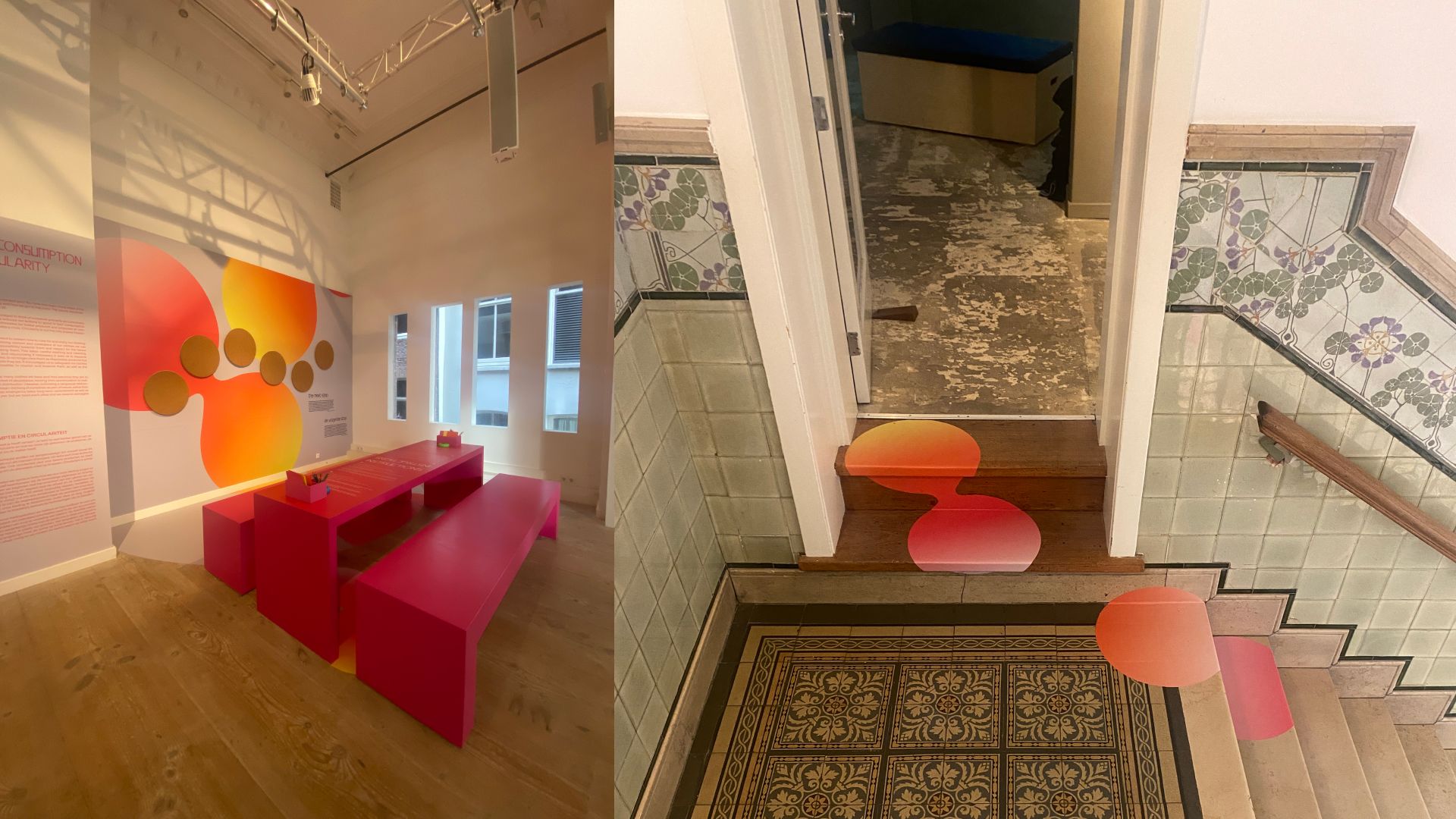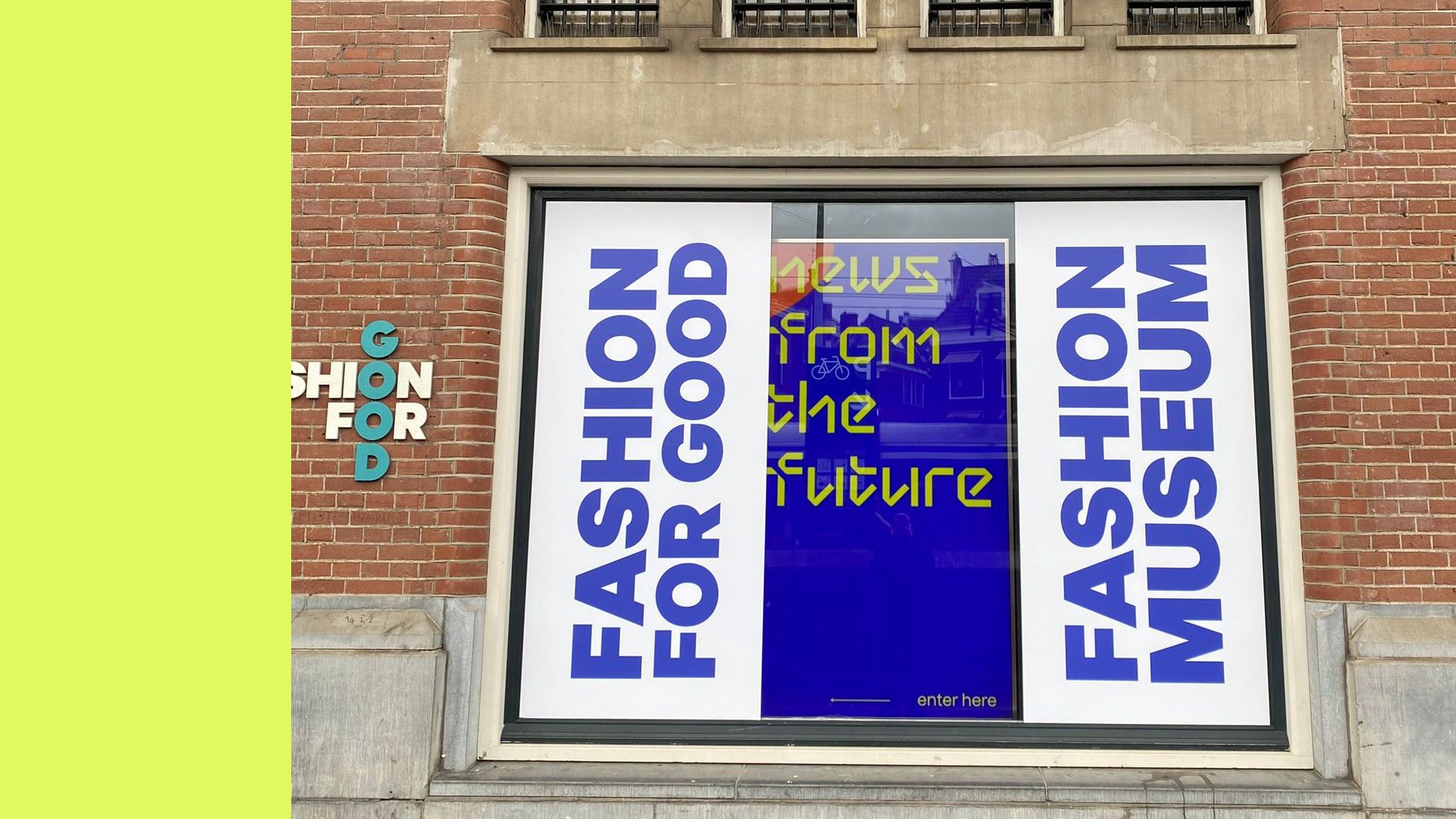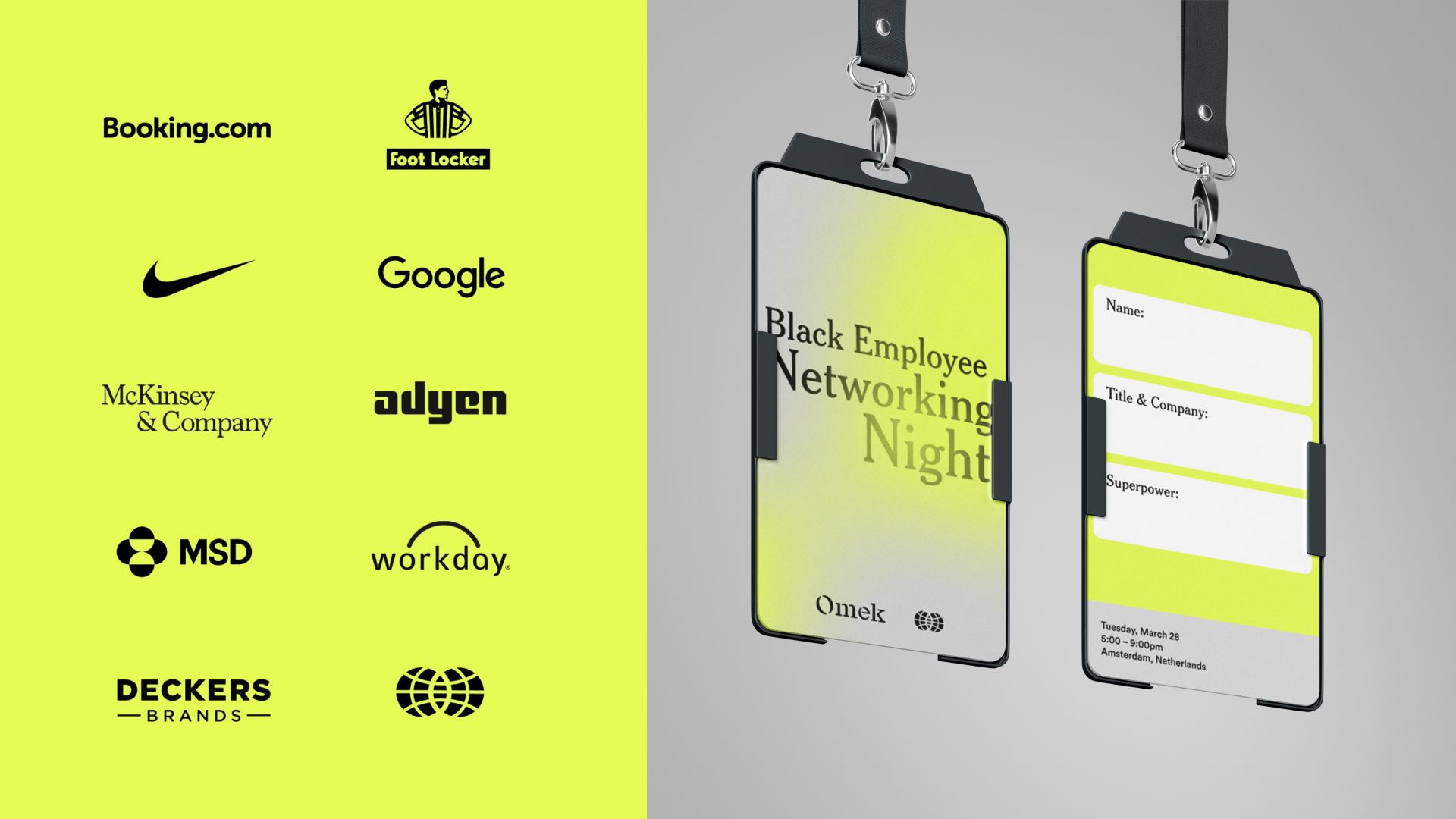Introduction: Contextualising Decolonisation
In 2020, a global dialogue and introspection about structural racism, lack of equality, and limited diversity and inclusion in society were ushered by the 2020 Black Lives Matter movement. In many ways, it has been a revolutionary year for persons of African descent and those who support their plight. It has given people the power to demand for what they need. Decolonisation is a necessary element of true integration. Decolonisation as a term is defined as “the process in which a country that was previously a colony (controlled by another country) becomes politically independent”. Based on this definition, decolonisation has already been achieved. Unfortunately, the 1 implications of colonisation are so deeply ingrained in today’s societies that it is difficult to believe that political independence can be equivalent to total independence for many countries. Decolonisation must extend beyond geography to mindset, aesthetics, and what is valued (and what is not).
This thesis focuses on decolonising design in Africa. It will examine the challenges faced and how decolonising design is essential to integrating and validating Africa’s design on a global scale. The importance of decolonising design is essential for African designers to develop, while simultaneously not being held at a western standard. For this thesis, the concept of decolonisation will heavily focus on the role of western society and the suppression it exerts on African designers to succeed. The lack of space and equity for African designers in the design world is deafening. The political climate of 2020 pressurised institutions and private industries to evaluate their status and discuss decolonisation publicly. But what does decolonisation mean for them? The interpretation of this word can lead to performative action: employing more Persons Of Color (POC); making public statements in support of BLM on social media, or claiming that their mission statement has been adjusted to promote anti-racism. These actions can easily lead to empty promises, with no actual implementation of decolonisation.
Yet the uprising of the Black Lives Matter movement in 2020 highlighted the urgency of decolonising within institutions and companies. Evidently, though, the line between true and real decolonisation, with the intention of ameliorating our society and taking appropriate steps to truly include BIPOC [Black, Indigenous, and People of Color] in the design world, and performative action is paper-thin. Many companies indulged in the latter during the surge of Black Lives Matter all over the world. Glossier, a successful beauty brand, is a prime example. Although the brand prides itself on its inclusivity and promotion of natural beauty, a collective of former employees of colour came forward about the way they had been treated in the workplace. In response to this complaint, their managers had told that they were lucky enough to be hired, and rather than complaining, they should be more grateful. The case of Glossier illustrates clearly that decolonisation requires a thorough analysis of why and how POC suffer so much in terms of representation, treatment, and equity.
Performative action, however, does little to alleviate this suffering. It is therefore important to recognise performative action as such and, more generally, question whether decolonisation efforts are benevolent. For, too often, companies feel the societal pressure of participating in Black Lives Matter in order to simply maintain their clientele, showing and proving that they are on the “right” side of history. Alas, the foundation that upholds some of these companies is deep-rooted in colonialism and slavery.
If we focus on the design world, the reason as to why there is a lack of representation of BIPOC is quite clear: access to resources. The system that we are all born into highlights the scarcity of access points for these groups. If one pertains to these groups, the lens through which society views them is already tainted by prejudices due to their historical context. The impact of colonisation in design, then, matters. It follows that the term decolonisation must be understood in all of its contexts; most notably, perhaps, the African context, given the continent’s fairly recent memory of European colonialism.
How has colonisation affected the growth (or lack of) design in Africa, and how does acknowledging decolonisation impact the meaning of African design?

 ;
;
 ;
;
 ;
;
 ;
;
 ;
;
 ;
;
 ;
;
 ;
;
 ;
;
 ;
;
 ;
;
 ;
;
 ;
;
 ;
;
 ;
;
 ;
;
 ;
;
 ;
;
 ;
;
 ;
;
 ;
;
 ;
;
 ;
;
 ;
;
 ;
;
 ;
;
 ;
;
 ;
;
 ;
;
 ;
;
 ;
;
 ;
;
 ;
;
 ;
;